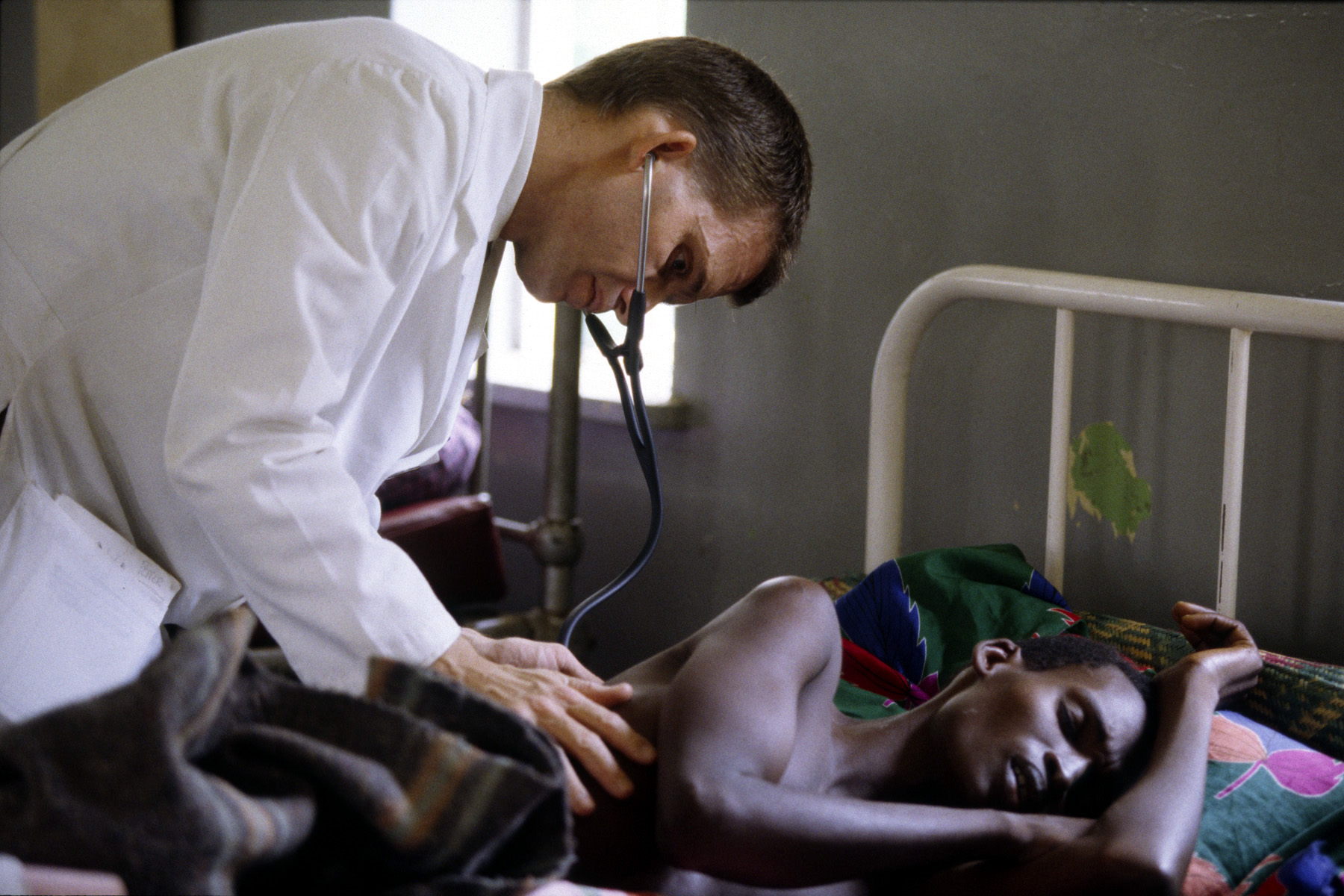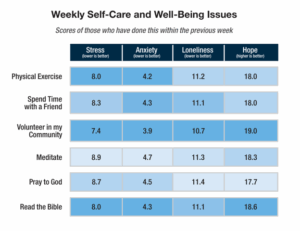
MBARARA, Uganda (BP)–The HIV/AIDS epidemic ravaging more than 39 million lives around the world cannot be stopped with mere money, says a Southern Baptist missionary who has battled the disease in Africa for a decade.
The only hope, says Sharon Pumpelly, is for Christians to rise up and engage communities with counseling, education — and the Good News of salvation in Jesus Christ.
Recent reports from the United Nations estimate that the global HIV/AIDS epidemic killed more than 3 million people in 2004.
Pumpelly helped start the first True Love Waits and abstinence-based AIDS education campaigns in Uganda back in the 1990s. Some statistics show that six people in central, east and southern Africa are infected every minute, she says.
Another six die every minute because of the devastating disease.
“This region of Africa has just over 10 percent of the world’s population, yet we have more than two-thirds of the people currently living with AIDS,” Pumpelly said. “This stat is slowly coming down, unfortunately not because we have fewer cases, but because Southeast Asia is rapidly increasing in their number of cases.”
UNAIDS — the name for the United Nations project against AIDS — says that HIV is spreading fastest in Central Asia and Eastern Europe, with the number of people infected almost tripling between 1999 and 2002, largely through intravenous drug use.
The number of people affected in those areas, however, is small compared to that in Africa. Nearly two-thirds of the estimated 39 million infected people live in sub-Saharan Africa. AIDS kills some 6,000 people each day in Africa — more than wars, famines and floods.
UNAIDS and the World Health Organization no longer talk of a single African epidemic, but of highly varied outbreaks across the continent. Starting in the late 1970s and the early 1980s, HIV spread in a band from West Africa across to the Indian Ocean, before moving to the southern countries where its grip is now strongest.
South Africa’s 5 million cases are the most in the world. Botswana, Lesotho and Swaziland have the highest percentage of people who are HIV positive.
Uganda’s abstinence-based education program was recognized by President Bush during his tour of Africa in July. Bush praised Ugandan President Yoweri Museveni for his anti-AIDS strategy, saying the approach “has reduced the HIV infection rate to 5 percent, the most dramatic decline in the world.”
In that same visit, Bush promised that the United States would spend $15 billion to fight AIDS over the next five years. Some of that money has arrived and is earmarked to increase the rate of counseling and testing, employing more doctors and non-physician providers, providing more free antiretroviral drugs and increasing lab capability.
In one region of Uganda where missionary doctors work, that means 400 people with AIDS will live five years longer. It also means that most people receiving treatment will have a chance to hear the Gospel in their homes.
Other promised money has yet to surface. Current reports from the United Nations say some funds may be held up. Congress limited the U.S. portion to no more than one-third of the Global Fund’s total budget, and donations from other countries have not reached the $1.1 billion needed.
A doctor in Uganda said the money that has arrived helped buy antiretroviral drugs.
“With these drugs, people can live long and healthy lives,” the doctor, Rick Goodgame, said. “Now that these drugs are free for those who qualify … more will get the benefit. But only a small fraction of people are being evaluated and treated.”
Goodgame and Pumpelly both stress that money alone cannot win the fight against AIDS. There is a dire need for Christians to be involved through counseling and educational programs — and to share the Good News of salvation in Jesus Christ.
“Promiscuity is a way of life in some cultures,” Pumpelly said. “Teaching about God’s perfect plan can save the next generation from this disease, while at the same time help them understand and accept God’s love and forgiveness.”
–30–
Statistics (source: UNAids estimates 2003):
— Increase in HIV Infections (1999-2002)
North America: 16 percent
Caribbean: 53 percent
Latin America: 35 percent
Western Europe: 15 percent
Eastern Europe and Central Asia: 196 percent
East Asia and Pacific: 75.5 percent
North Africa and Middle East: 74.4 percent
South and Southeast Asia: incomplete data
Sub-Saharan Africa: 52 percent
Australia and New Zealand: 7 percent
— Sub-Saharan Africa
People with HIV: 25 million
Percentage of world’s HIV cases: 66.1 percent
New Cases in 2003: 3 million
AIDS deaths in 2003: 2.2 million
















